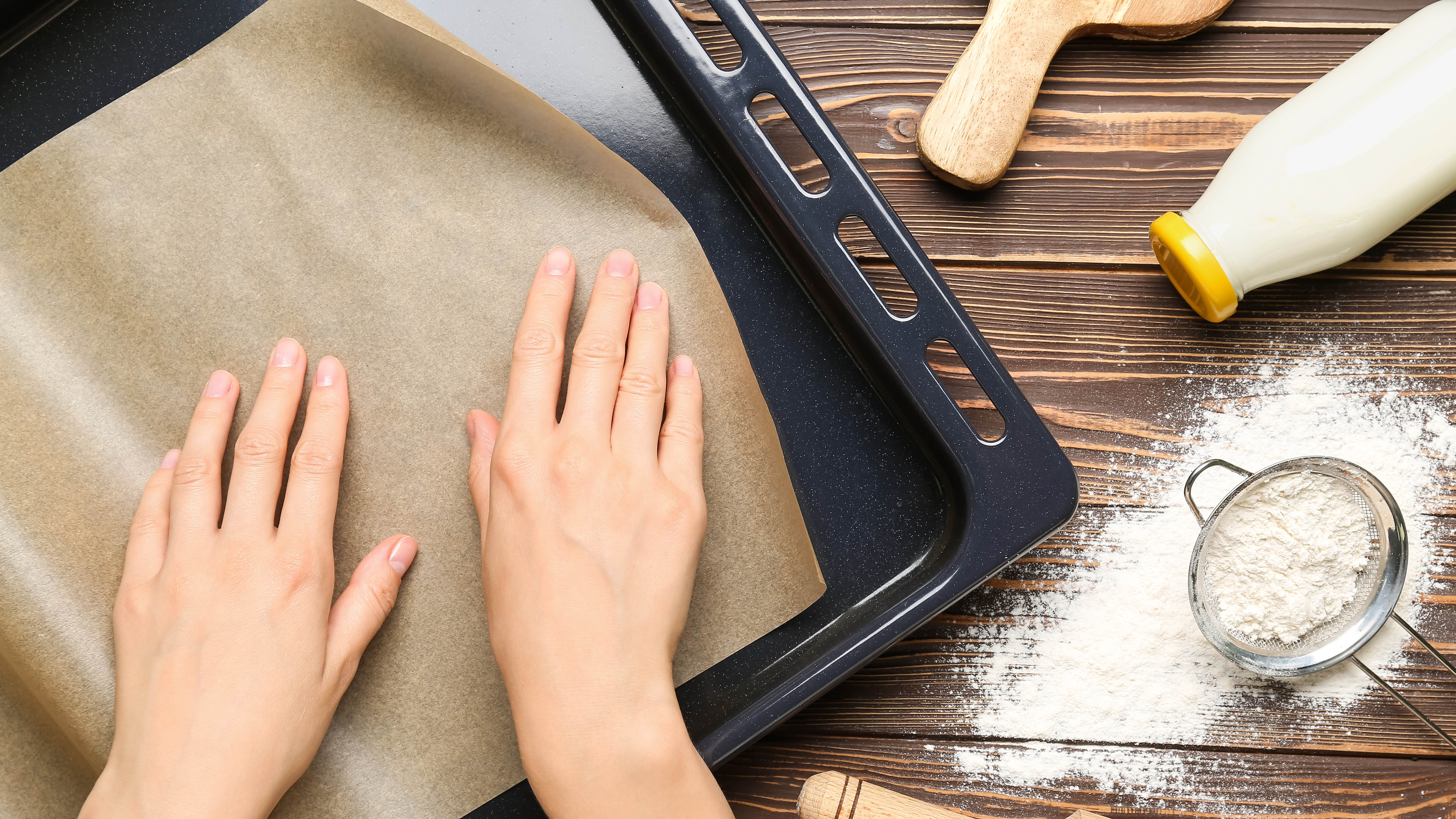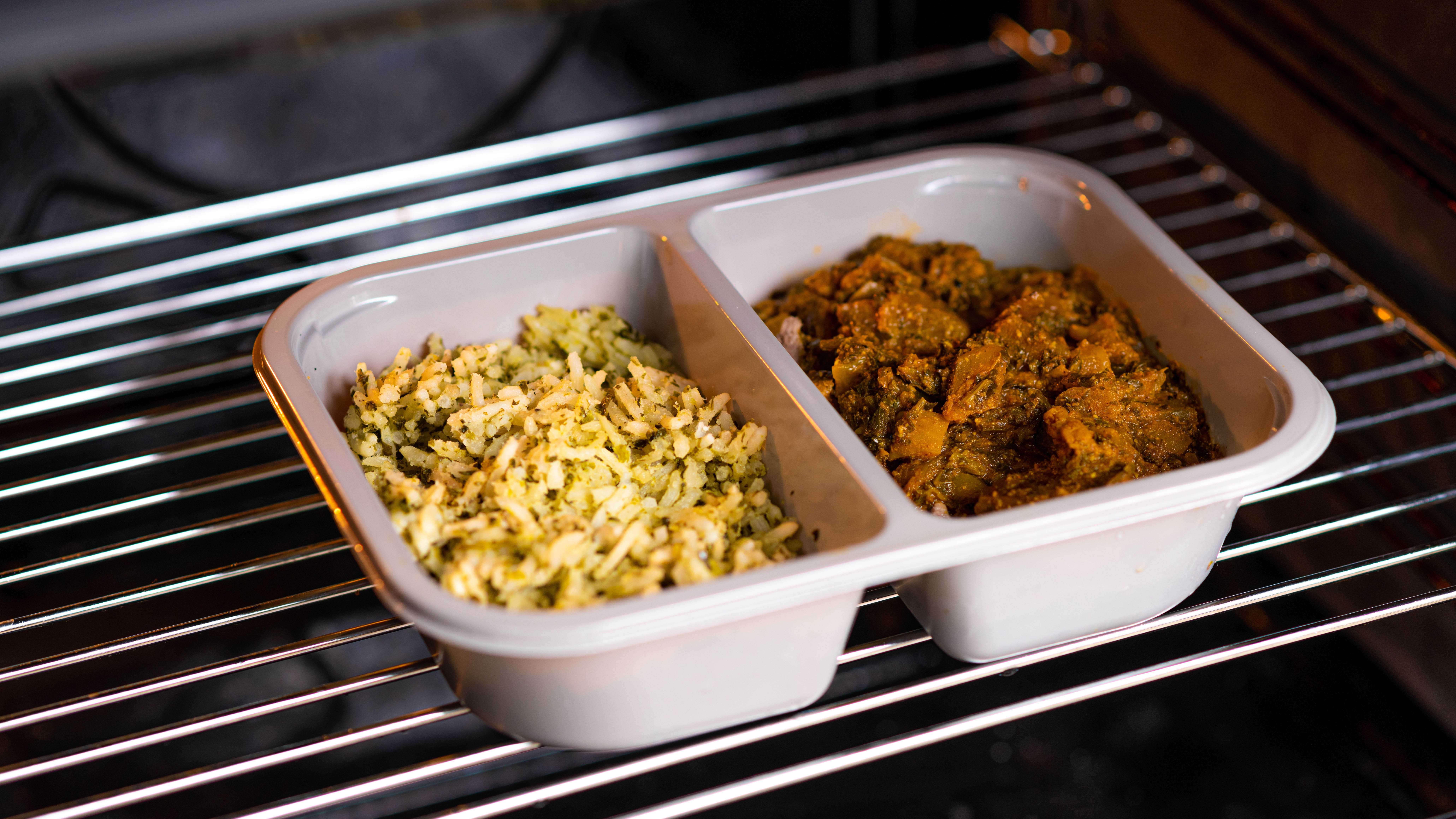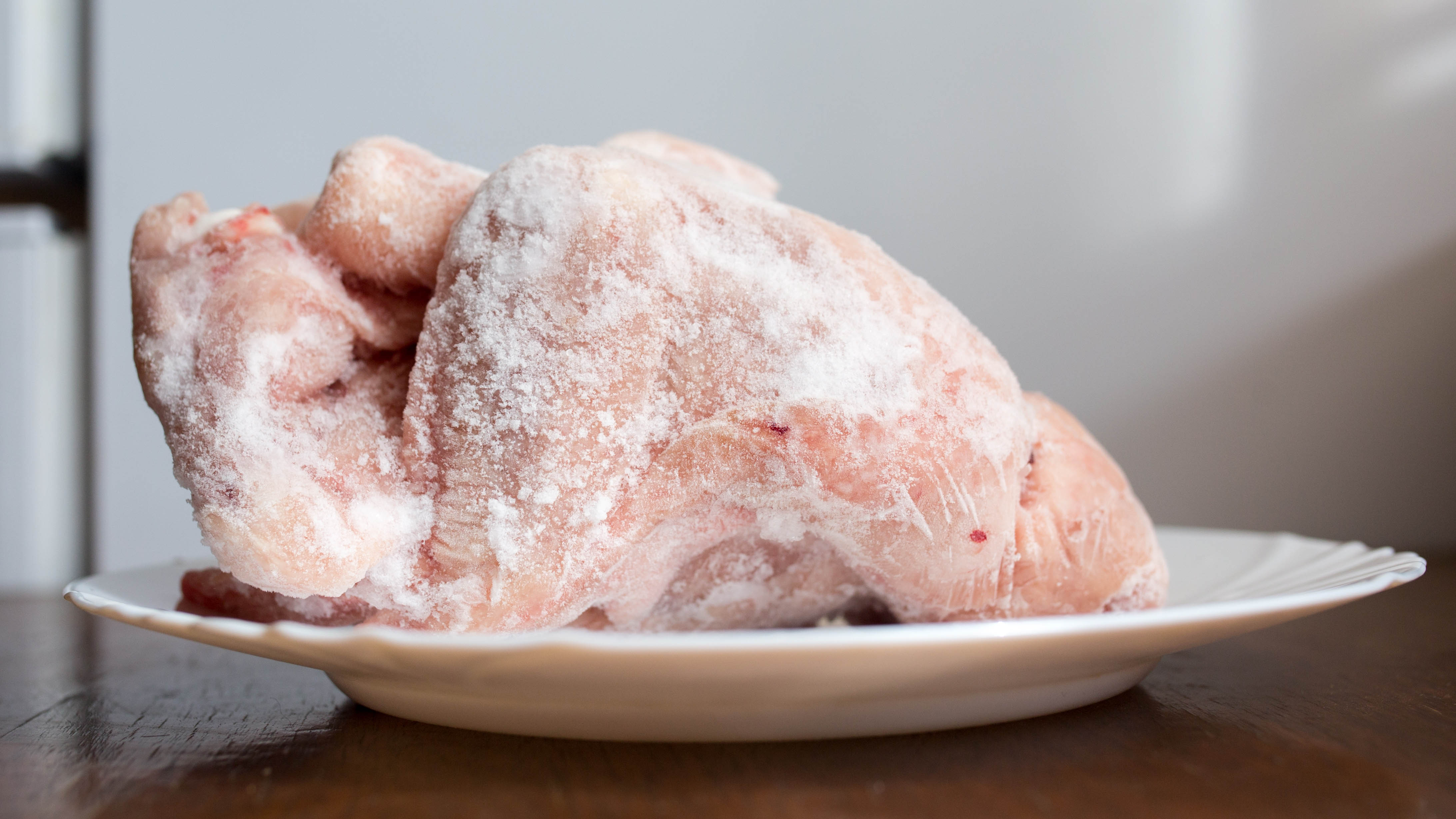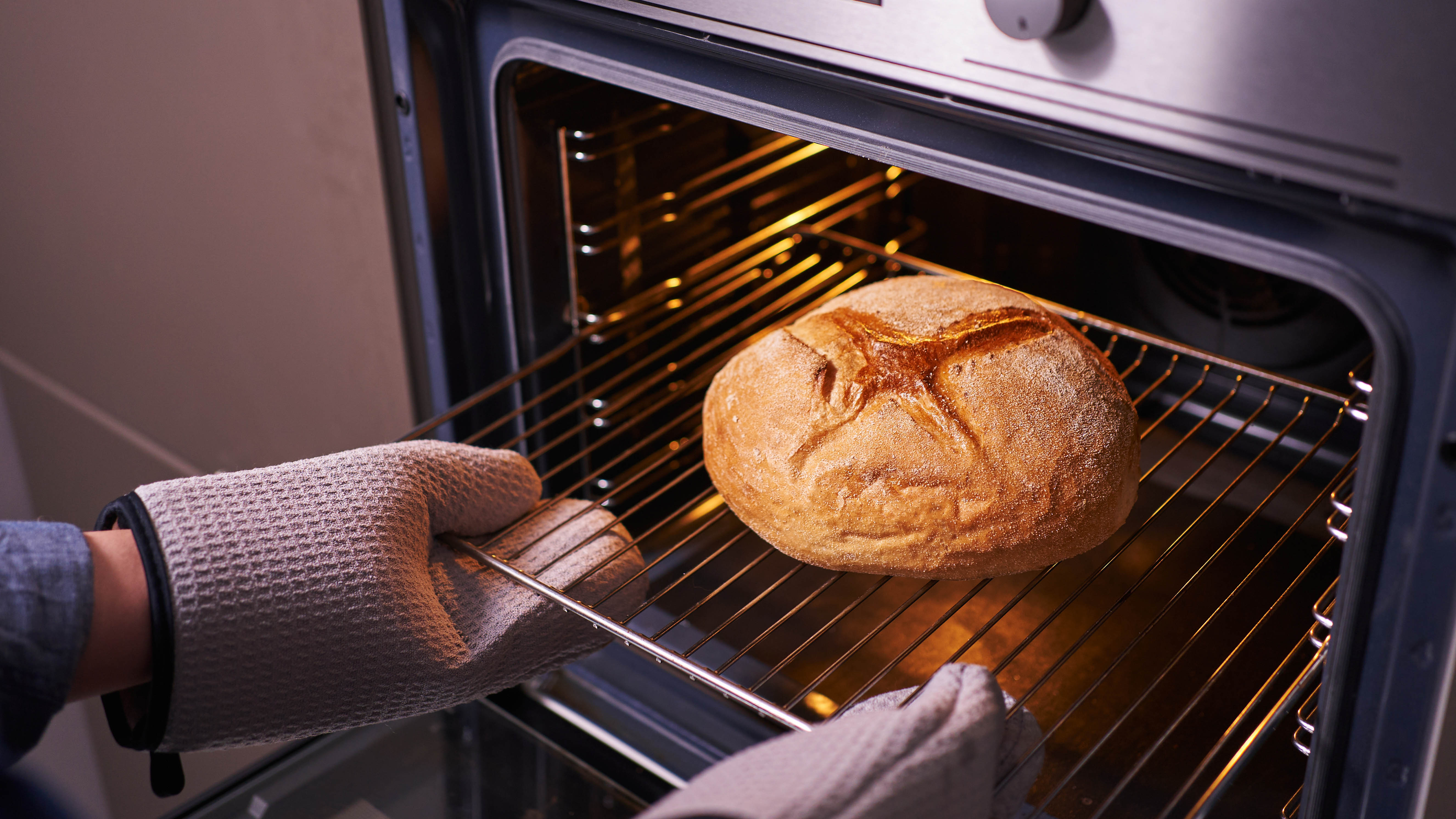7 things you should never put in the oven

Your oven is the center of your kitchen, able to cook almost anything you desire. From roasting vegetables and braising a turkey to baking a cake, the oven is versatile, especially if you have one of the best electric ranges.
However, you can’t put everything in your trusted appliance that can reach high temperatures. Not only can it be damaged by misuse, but there’s a lot of danger in putting the wrong objects inside it.
Besides the inevitable bit of burnt food you must throw away, under much more dire circumstances, putting the wrong object can lead to serious fires in your property. That's why it is important to know what you shouldn’t put inside your oven, to keep everything safe and not meted. So before you cook up a feast, these are 7 things you should never put in the oven.
Be sure to also check out these 7 oven mistakes you never knew you were making.
1. Unprotected food Not on a baking tray or container

You’ve seen the viral videos of distracted people throwing a whole frozen pizza directly into an oven, only to be left with a scolding pile of cheese and sauce they have to scrape off the bottom of their favorite kitchen appliance.
Most food cannot just be placed in the oven without some form of rack or container underneath. When foods cook, especially meats and cheese, they tend to release juices that can easily combust if just left to wallow under the bottom shelf. Greasy or sugary food can easily start a fire, especially when it's dripping down unprotected. On top of this, as food burns to interior of an oven, it releases a toxic smoke which contains carbon monoxide and other harmful gases, so this should be avoided at all costs.
To make sure your foods are protected, use tinfoil, pyrex, or oven-safe containers when cooking your meal. That protection requires just a little bit of effort and will keep you from ruining your dinner. If you notice the smell of something burning in your kitchen, it could just be food grime that dripped to the bottom catching on fire. That’s way more likely to happen if there isn’t a container keeping your food on the shelf you originally put it on.
Get instant access to breaking news, the hottest reviews, great deals and helpful tips.
To keep your oven spick and span, be sure to look up how to clean an oven.
2. Paper

Paper towels, paper plates, and cardboard should never be put in an oven because they are fire hazards that could easily ignite. If they don’t catch on fire, they could just leak chemicals into your food or cause you to get sick after eating them. Take that Hot Pocket out of the oven before you start reheating it.
Parchment paper is often used to coat the bottom of a tray or pan with incredibly oily or greasy food, making cleanup a bit easier. It’s normally fine to put in the oven, But if that parchment paper isn’t properly on the pan or covered by food, it can burn and disintegrate. All it takes is just one jagged edge sitting over the side to have a serious problem. You should always make sure your parchment is properly centered and isn’t jutting out on the edge. Don't bake at a higher temperature than the parchment allows too.
Wax paper and parchment paper aren’t interchangeable. As its name suggests, wax paper has an actual coating of wax that if placed in the oven will melt and stick to your delicious food. Meat and cheese are often packed on wax paper and can stick to the bottom of your food. To avoid this, make sure you remove the wax paper before it's placed in the oven.
3. Plastic

Most plastic plates and utensils will melt in an oven set to a cooking temperature. Almost all plastic, regardless if it's a plastic container or a plastic fork, won’t last past 200 degrees Fahrenheit and will melt into a gooey mess. If you think burnt cheese from a pizza at the bottom of your oven is hard to get out, you haven’t tried removing re-solidified plastic.
Melted plastic can also release dangerous fumes that can leave you lightheaded or leech directly into the food. Ready-made meals that come in plastic containers are only good for one shot and can’t be reused, especially in an oven. So make sure not to leave a plate or spoon in the oven while you cook. Also, any pan with a non-metal handle should not be put in, while a plastic handle will melt and release fumes.
4. Frozen foods that need thawing

Frozen thick cuts of protein, like chicken or steak, need to be thawed before they are placed in the oven. If they aren't properly thawed beforehand, you risk uneven cooking and possibly even leaving a frozen center. Spending hours working on your highly seasoned steak only to have it ruined by an uneven middle is something that can easily be avoided.
You can thaw in multiple, different ways. It’s important to keep your meat below a certain temperature zone because if left out for longer periods, you risk harmful bacterial growth. The best way is to leave the frozen meat in the fridge, but that can take a couple of days. For a faster thaw, submerge an air-tight package under cold water, replacing the water frequently. You can place something heavy on top to keep it submerged.
5. Pot holders

Even though a pot holder is great at containers, it isn’t built to withstand the intense heat of your oven. These holders have a layer of thermal insulation on the outside that keeps your hand from burning hot objects.
But putting a pot holder into an oven for just a few seconds could cause it to smolder and light on fire. Always use suitable, oven-proof trays when cooking.
6. Ceramic plates

It may be tempting to warm up your dinner on a ceramic plate or container, but not all of them can withstand high heat. In particular, glazed or plates decorated with beautiful designs could shatter or crack from the intense temperatures in the oven.
Always check if they are manufactured to use in an oven, or simply transfer foods into an ovenproof plate or dishware. Plus, the last thing you want is to damage your expensive ceramic tableware.
7. Wood

Wood is not a smart material to put into an oven unless you literally want to see some flames. Wooden skewers, utensils, containers, and anything made of the material will start to char and combust at 450 to 500 degrees Fahrenheit but you can start to see some damage as low as 300 degrees.
Though most ovens won't go to 700 degrees F, wood placed in an oven at that temperature will instantly combust. Pot handles made of wood should not be placed in an oven as they will easily combust unless the instructions on your pot say otherwise.
More from Tom's Guide
Steven Asarch is a writer and editor who lives on Twitch and YouTube. After graduating from Baruch College, he wrote for IBT Media, Newsweek and Insider. In 2021, he executive produced the docu-series "Onision in Real Life" on Discovery +. As someone always looking to have the best smelling apartment possible, he's made it his mission to find the best air purifiers out there. His home has since become an air purifier haven, having stored and tested ten models for over three months. You could say he now knows everything there is to know about air purifiers, and what separates the good from the best.

